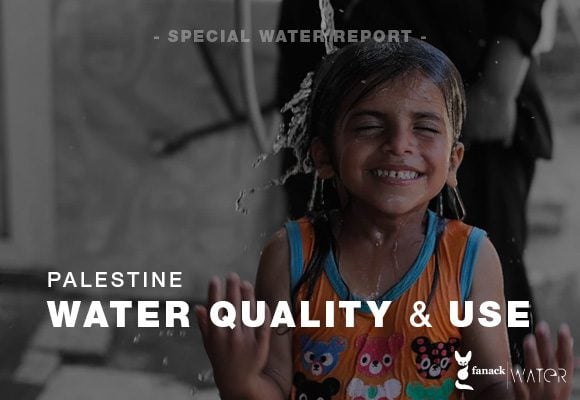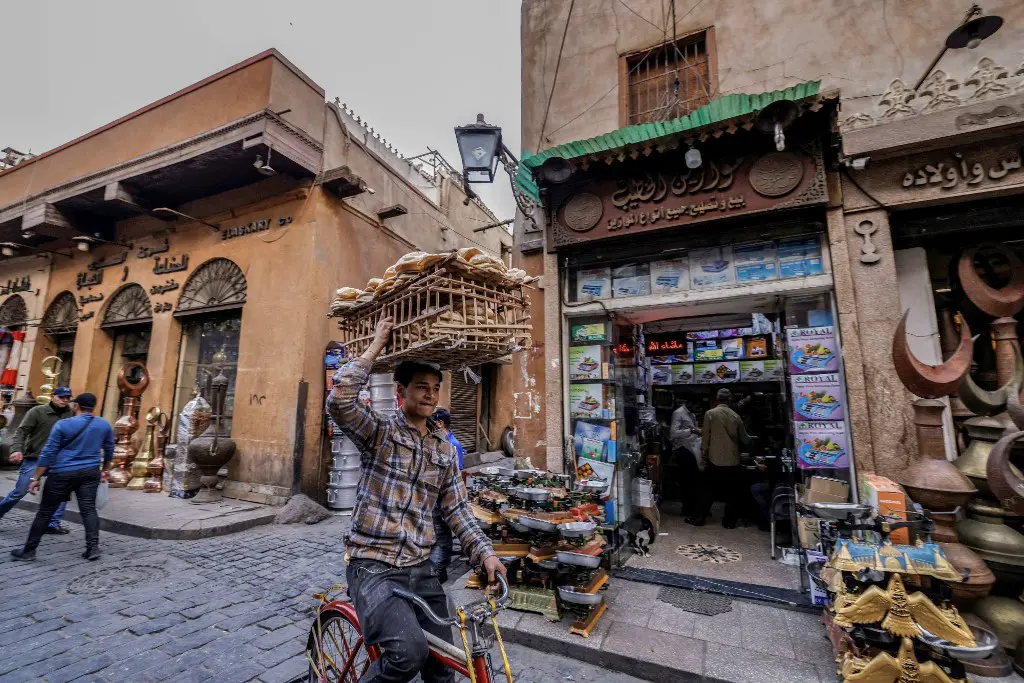
Introduction
Egypt (officially the Arab Republic of Egypt) is located in the northeastern corner of Africa on the southern shore of the Mediterranean. The country bears a strategic place as it sits at a crossroads between North Africa, West Asia, Europe and the Orient.
With an area of 1,001,450 km2, about 95% of the population live in a narrow strip of fertile land along the river Nile. This strip does not exceed 5% of the whole Egyptian land area. The Nile River runs for some 1,600 km from the south at the border with Sudan and ends at the Mediterranean Sea.
Egypt shares borders with Libya in the east, Sudan in the south, and the Red Sea, Palestine and Israel in the west. In the eastern part of the country, the Suez Canal connects the Red Sea in the south to the Mediterranean in the north. The length of the canal amounts to 193.3 km.
Egypt is divided geographically into the following main regions:
- The Delta Valley, which is a triangular, alluvial region with a summit in Cairo and its base on the Mediterranean Sea. Both regions are very fertile.
- The Western Desert, which includes about three quarters of the total area.
- The Eastern Desert, which consists of a series of mountains that extend along the Red Sea, and exceeds a height of 2,000 metres in some cases. Its total area amounts to around 222,000 square kilometres.
- The Sinai Peninsula, which is the key to Egypt and links it to the Arab East.
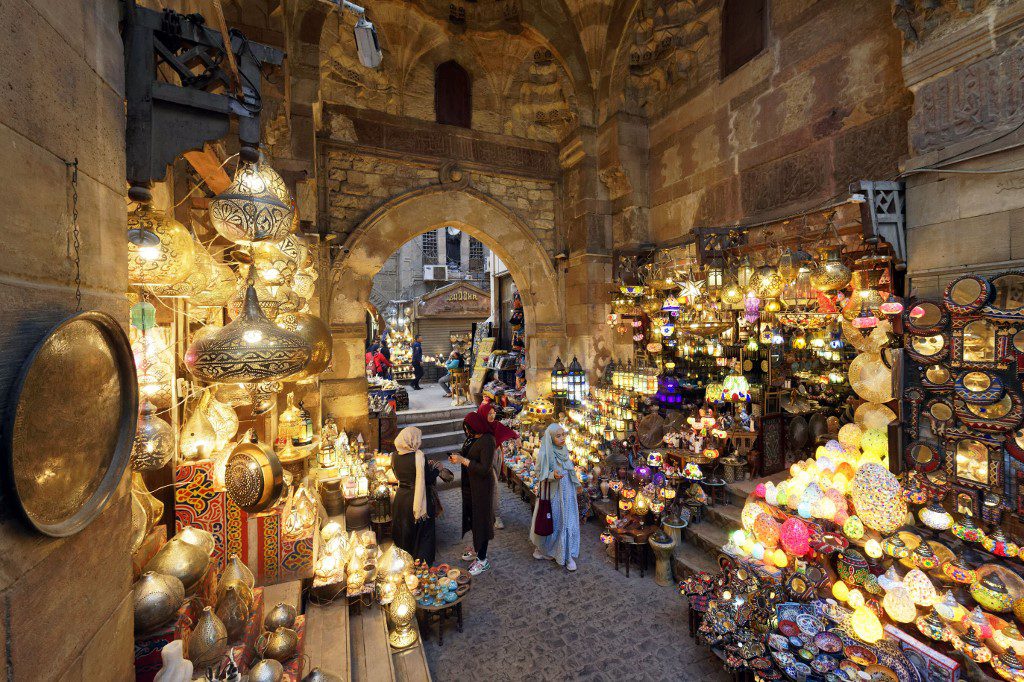
Cairo is the capital and the biggest city in Egypt. It is the largest Arab city in terms of population and area. In terms of population, Cairo ranks second in Africa and seventeen in the world. The population of Cairo reached more than 10 million in 2021, representing about 10% of the total population of the country.
With its wide, straight streets and buildings in European art nouveau and art deco style, Cairo was dubbed ‘Paris on the Nile’. However, from the mid-20th century, the city went into decline. Plans to revive the city centre emerged in the late ’90s but only started to materialize a decade later.
History
Egypt was home to one of the most important civilizations in the ancient Middle East. It was also the site of one of the oldest urban societies in the world.
Pharaonic Egypt flourished for 3,000 years through a series of local dynasties interspersed with short periods of foreign rule. Under the rule of the Greek Ptolemaic dynasty, an advanced and educated community flourished in Alexandria, until it was conquered by the Romans in 30 BC. Egypt remained part of the Roman Empire and then the Byzantine Empire until the arrival of Muslim Arabs between 639 and 642 AD.
Since then, Egypt has become one of the intellectual and cultural centres in the Arab Islamic world. By the thirteenth century AD, Egypt’s position was strengthened when the Mongol armies annihilated the Abbasid caliphate in Baghdad. The caliphate was then formally transferred to Egypt under the Mamluk sultans. In 1517, the Ottoman Empire defeated the Mamluks and tightened its control over Egypt until the French managed to occupy the country for a short period between 1798 and 1801.
Thanks to Egypt’s strategic location, it became the centre of the trade route between Africa, Europe and Asia. This natural feature was strengthened in 1869 after the establishment of the Suez Canal. In 1882, the United Kingdom occupied Egypt and continued to exercise strong influence over the country until the end of World War II (1939-1945).

In 1952, a military coup resulted in a revolutionary regime that encouraged a mixture of socialism and Arab nationalism. During the presidency of Gamal Abdel Nasser, the agricultural land ownership was redistributed (1954), the Suez Canal was nationalized (1956) and the Six-Day War broke out (1967).
In 1970, Abdel Nasser died and Muhammad Anwar Sadat was selected as a new president. In cooperation with Syria, Sadat raged a war against Israel in October 1973. However, Sadat signed a peace agreement with Israel in 1978. He was assassinated in October 1981 by Khaled al-Islambouli, an Egyptian army officer, helped by other members of Egyptian Islamic Jihad.
Between 1981 and 2011, Muhammad Hosni Mubarak was the president of Egypt. A popular revolution overthrew Mubarak in 2011.
Muhammad Morsi, the candidate of the Muslim Brotherhood, was elected as a president of Egypt in 2012. A year later, the army ousted Morsi.
After a transitional period, Abdel Fattah al-Sisi assumed power in Egypt.
Population
The Egyptian population is estimated at 109.26 million in 2021. Arabic is the official language of the country, while English and French are widely understood by the educated classes.
The majority of Egyptians are Muslims according to the Sunni doctrine. According to most estimates, there is a Shiite minority in Egypt that does not exceed a million people. Islam is the state religion and the source of legislation. Christianity in its various denominations (Copts, Catholics, Orthodox and Protestants) is ranked second in terms of religious belief of the population.
Economy
The Egyptian economy was highly centralised under former President Gamal Abdel Nasser, but it fully opened under former Presidents Anwar Sadat and Hosni Mubarak. Agriculture, hydrocarbons, manufacturing, tourism, and other service sectors have led to relatively diverse economic activity.
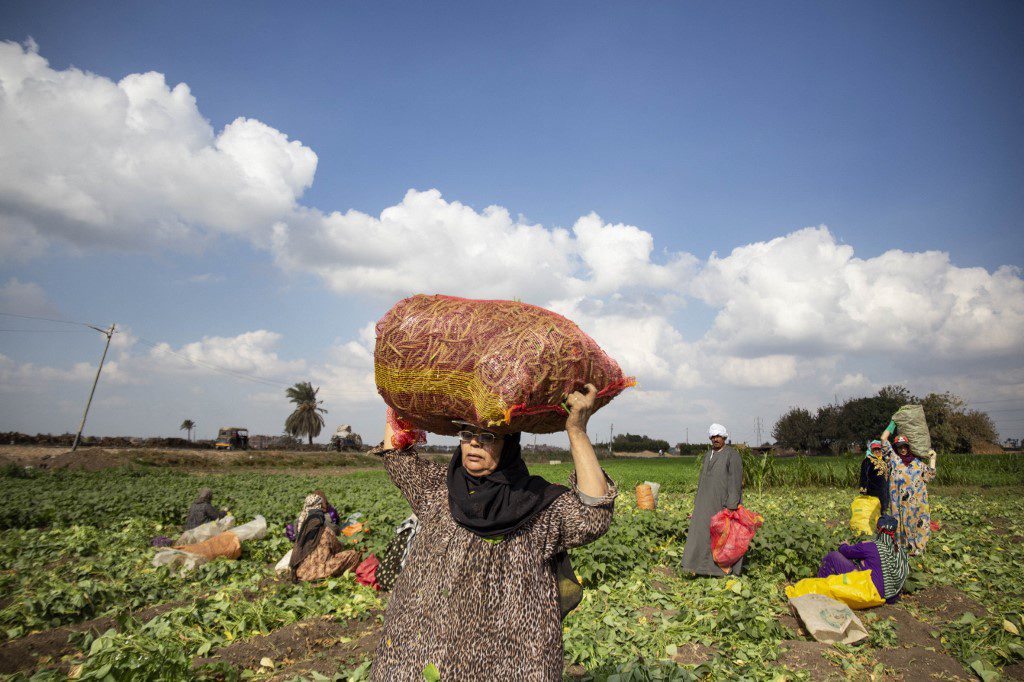
Egypt’s mixed record of attracting foreign investment over the past two decades, poor living conditions and limited employment opportunities contributed to public resentment. These social and economic pressures led to a civil uprising in January 2011 that toppled President Mubarak. The unstable political environment as well as insecurity since 2011 have restricted economic growth and failed to alleviate persistent unemployment, especially among young people.
The Egyptian armed forces, the largest in the Arab world and Africa, ranked 14th out of 145 worldwide in 2023. Equipment from the former Soviet Union has been steadily replaced by modern equipment from all over the world, and Egypt is the only Arab state that owns its own reconnaissance satellites.
Egypt has one of the most established and influential media industries in the Middle East. The origins of the modern media in Egypt can be traced back to 1828 when the printed press was introduced with the first newspaper in the country “Al-Waqa’i’ al-Misriyya”. After that, al-Ahram newspaper was founded in 1875, which is the oldest existing newspaper in the Arab world.
Generally, newspapers are divided between state-sponsored publications and those of a specific political party or institution. A large group of private satellite channels is being broadcasted. At the same time, Egyptian radio channels are very popular, and the same applies to the network of state-owned television channels.
Culture
Egyptian culture can be described as a melting pot of a series of different cultures and traditions, rooted in the depths of thousands of years of recorded history. It is the product of one of the most ancient human civilizations (Ancient Egypt Civilization).
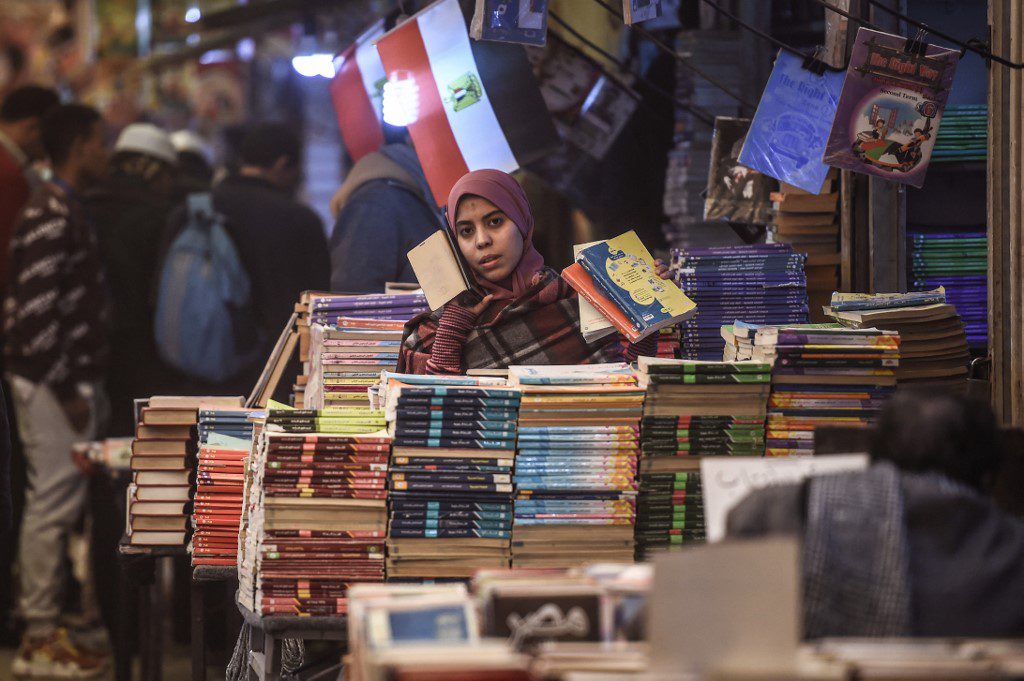
Since the end of the Pharaonic era, Egypt has fallen under a series of successive occupations, and these occupations exchanged influence and interaction with Egypt’s ancient culture, to become more rich and diversified.
However, Egypt’s culture has been influenced by many cultures, to produce a distinctive mixture, in which those cultural aspects of ancient Egypt have merged with all subsequent cultures, and ultimately constituted the features of contemporary Egyptian culture in its current form. A culture that manifested itself with the ideal fusion of different cultures.
The Egyptian film industry is often called the Hollywood of the Arab world. Egyptian cinema was born in 1923, when Mohammed Bayoumi (1894-1963) returned from studying cinema in Germany and shot the first Egyptian movie, In the Land of Tutankhamun.
From then until the 1960s, Egyptian cinema dominated screens across the Arab world, spreading Egyptian culture, music, and the Egyptian dialect throughout the region. Studios in Cairo turned out more than a hundred films a year during the 1940s and 1950s, a period considered the golden age of Egyptian cinema.
Egypt is the birthplace of modern Arabic literature and boasts numerous publishing houses, some of them more than a hundred years old, such as Dar al-Hilal, Dar al-Bustani, and Dar al-Maarif. This is the home of such great authors as Tawfiq al-Hakim (1898-1987), who developed Arabic drama; Taha Hussein (1889-1973), nicknamed the Dean of Arabic literature; Yusuf Idris (1927-1991), who is considered to be the master of the Arabic short story; and Naguib Mahfouz (1911-2006), the only Arab novelist to win the Nobel Prize for Literature.
Football is the most popular game in Egypt. Egyptian football fans are historically divided between al-Ahly and Zamalek. Egypt is also the record holder for the number of African Cup of Nations titles that it has won, with 7 titles. There is an international Egyptian presence in many other sports such as handball, squash, basketball and weightlifting. Egypt takes the lead globally in squash.

